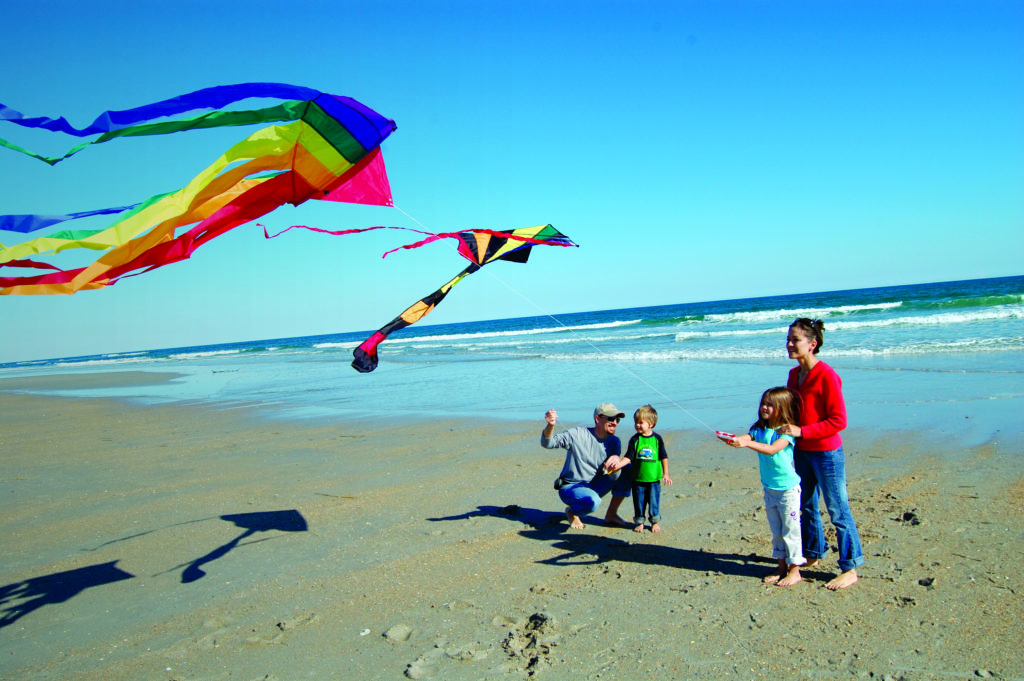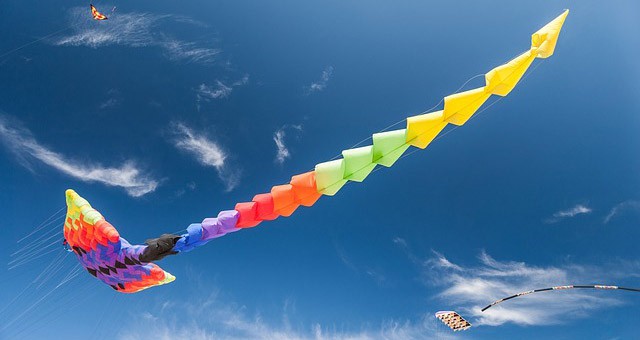
good wind speed for kite flying
Introduction to good wind speed for kite flying
Have you ever wondered why some days are perfect for good wind speed for kite flying kite flying while others seem to be a disaster? It all comes down to one crucial factor—wind speed. But what exactly is the ideal wind speed for kite flying? Let’s dive deep into understanding how wind affects your kite-flying experience and what you should aim for to make your next kite-flying adventure a success.
Understanding Wind Speed: Why It Matters for Kite Flying
Before we get into specific numbers, good wind speed for kite flying let’s talk about why wind speed is such a critical component of kite flying. Wind is the force that keeps your kite in the air. Too little wind and your kite won’t lift off the ground. Too much wind and you might lose control or damage your kite.
The Role of Wind in Kite Flying
Kites rely on the wind to create lift. When you hold the kite string, the wind pushes against the kite’s surface, generating an upward force that keeps it flying. The stronger and steadier the wind, the easier it is to keep the kite aloft. However, wind that is too strong or too gusty can make kite flying difficult or even dangerous.
A gentle breeze allows the kite to ascend smoothly and remain stable in the sky. On the other hand, sudden gusts of wind can cause the kite to wobble, good wind speed for kite flying spin uncontrollably, or crash. Therefore, understanding the right wind speed range is key to having a fun and safe kite-flying experience.
Measuring Wind Speed: How Do You Know It’s Right?
Wind speed is typically measured in miles per hour (mph) or kilometers per hour (km/h). It’s essential to know how to gauge wind speed before heading out with your kite. You don’t need specialized equipment; a simple wind meter or even a weather app on your phone can give you a good idea of the current wind conditions.
If you’re unsure, observe your surroundings. Are the leaves rustling gently? Are small branches moving? These natural indicators can help you good wind speed for kite flying estimate the wind speed and decide if it’s a good day to fly a kite.
Ideal Wind Speed for Different Types of Kites
Did you know that different good wind speed for kite flying types of kites perform better in varying wind conditions? Let’s explore what wind speeds are suitable for various kites so you can choose the right kite for the day’s conditions.
Light Wind Kites (3 to 8 mph)
Light wind kites are designed to fly in gentle breezes. These kites are usually made from lightweight materials and have large surface areas to catch the good wind speed for kite flying slightest wind. If you’re flying a light wind kite, aim for wind speeds between 3 to 8 mph (5 to 13 km/h).
Perfect Conditions:
- Ideal for kids and beginners
- Suitable for beaches or parks with mild breezes
- Great for a relaxing, low-stress flying experience
However, light wind kites can struggle to stay airborne if the wind drops below 3 mph. Be ready to run to keep the kite up if the breeze dies down!
Medium Wind Kites (8 to 18 mph)
Medium wind kites are the most good wind speed for kite flying versatile and popular among kite enthusiasts. They perform well in moderate wind conditions, making them suitable for most days.
Perfect Conditions:
- Ideal for experienced flyers
- Suitable for open fields or coastal areas
- Great for performing tricks and stunts
Wind speeds between 8 to 18 mph good wind speed for kite flying (13 to 29 km/h) are perfect for medium wind kites. This range provides enough force to lift the kite while still being manageable for the flyer.
High Wind Kites (18 to 30 mph)
High-wind kites are built to withstand stronger winds. These kites are usually smaller and more aerodynamic to handle the increased wind pressure.
Perfect Conditions:
- Ideal for thrill-seekers
- Suitable for coastal cliffs or wide open spaces
- Great for advanced kite flyers looking for a challenge
Flying a high-wind kite in conditions good wind speed for kite flying exceeding 30 mph can be risky. Strong winds can make it difficult to control the kite, increasing the chances of accidents.

Tips for Identifying the Right Wind Speed
How can you tell if the wind speed is right for kite flying without a wind meter? Here are a few tips to help you gauge wind speed using natural signs.
Look at the Trees
One of the easiest ways to estimate wind speed is by observing trees and plants:
3 to 7 mph Leaves rustle, and small twigs move. 8 to 12 mph Small branches sway, and you can feel the wind on your face. 13 to 18 mph Larger branches move, good wind speed for kite flying and loose objects may start to blow around. 19 to 24 mph Trees sway noticeably, and it becomes harder to walk against the wind.
Observe Water Surfaces
If you’re near a body of water, use it to gauge wind speed:
Light wind Water is calm with slight ripples. Medium wind Small waves form, and you can see foam at the crests. High wind Larger waves form, and the water’s surface looks rough.
Use Flags or Windsocks
Flags and windsocks are reliable tools to measure wind speed visually:
Light wind The flag hangs limp or barely flutters. Medium wind The flag waves steadily but isn’t stretched out. High wind The flag flies straight out, good wind speed for kite flying indicating strong wind.
The Dangers of Flying in Strong Winds
While strong winds might seem exciting, they can pose several risks to both you and your kite. Let’s break down the potential dangers of flying in strong winds and how to avoid them.
Loss of Control
In strong winds, it’s easy to lose control of your kite. The wind’s force can make the kite pull hard on the string, causing it to become difficult to handle. This can lead to accidents, such as the kite crashing into people or objects.
Damaged Kites
High wind speeds can put good wind speed for kite flying excessive strain on your kite, leading to tears or broken frames. Lightweight kites are particularly vulnerable to strong winds. Always check your kite for damage after flying in windy conditions.
Safety Risks
Strong winds can cause your kite to crash unexpectedly, posing a safety risk to others. Additionally, high winds can make it difficult to manage your kite string, increasing the chances of tangling or snapping.
Conclusion:
So, what’s the best wind speed for kite flying? good wind speed for kite flying It depends on the type of kite you’re using and your experience level. For beginners, a wind speed of 8 to 12 mph is ideal. It provides enough force to lift most kites without being too overwhelming.
For more experienced flyers, exploring different wind speeds can enhance your kite-flying skills. Just remember to always prioritize safety and choose the right kite for the conditions.


